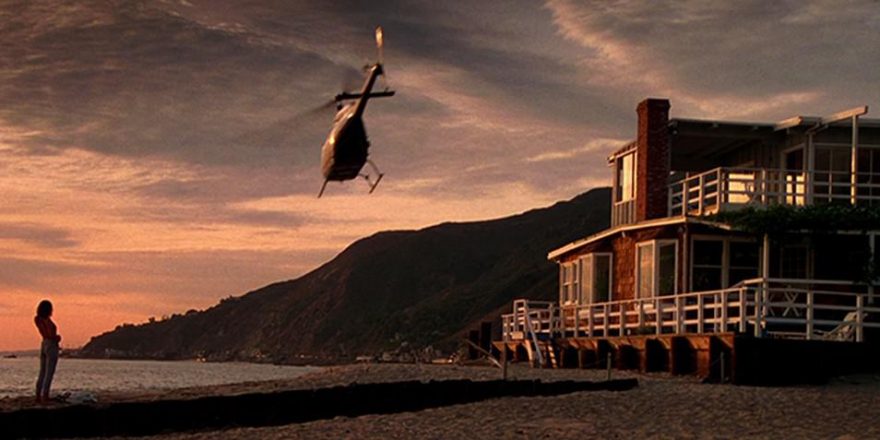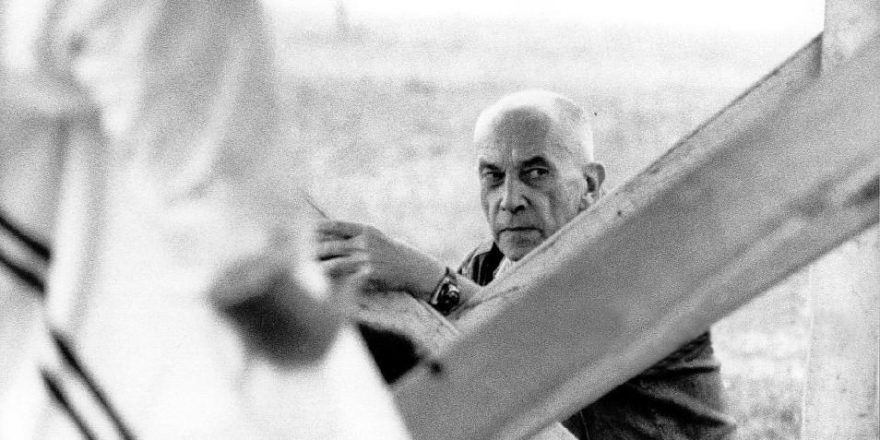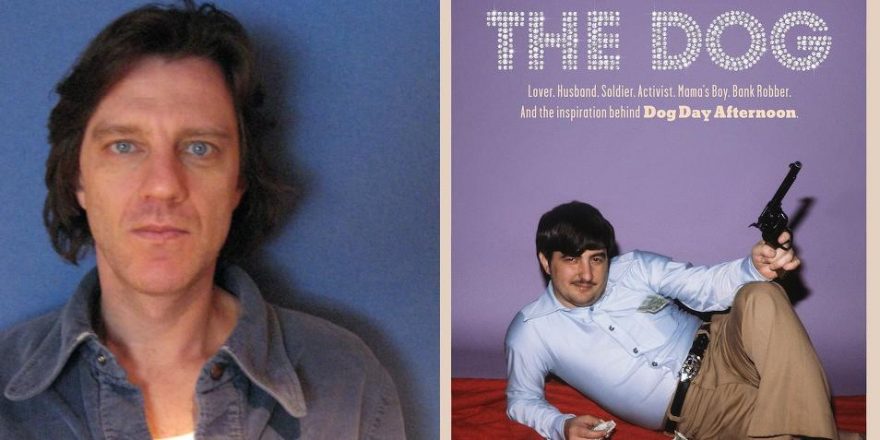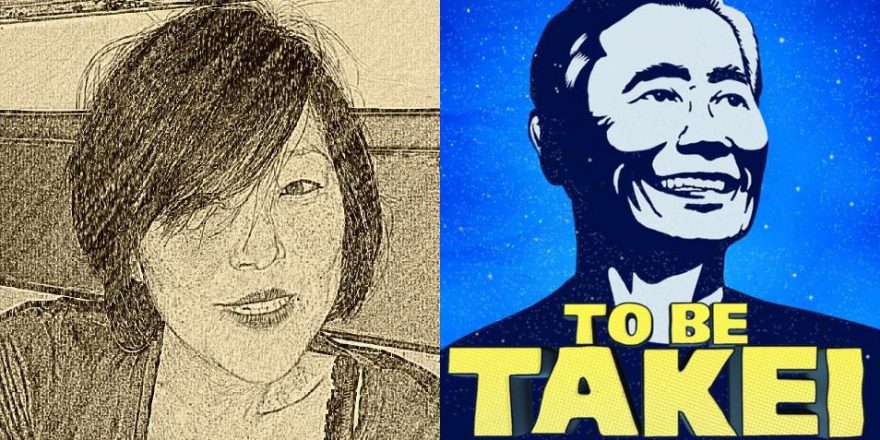My decision not to rent a car when I flew into LAX earlier this year was motivated by two key factors. The first was Los Angeles Plays Itself, Thom Andersen’s 2003 collage film, in which his narrator berates Angelenos who never set foot outside of their automobiles: “They say nobody walks. They mean no rich white people like us walk.” The second (and less principled) factor was my complete inability to drive.
Andersen’s film was perhaps the first that alerted me to the golden opportunities that lay at the intersection of film criticism and filmmaking. Over the course of nearly three hours, Los Angeles Plays Itself paints a spirited portrait of L.A.’s often antagonistic relationship with the movies, through the conduit of more than 200 exquisitely selected film clips spanning the best part of a century. I’ve worked as a film journalist in the U.K. since my late-teens, but I can still vividly recall the realization — about 10 minutes into Los Angeles Plays Itself — that film might best be critiqued not by the written word, but by film itself. (Andersen’s didactic prose is persuasive enough on paper, but it takes on a kind of transcendent acuity when paired with the moving image.)
A few years ago, as I entered my twenties, I became newly fascinated by teen movies. After revisiting a few of the high-school films that came to define my adolescence, I was struck by a one-two punch of nostalgia and disbelief. On the one hand, my affection for EuroTrip, Idle Hands and The Craft was largely undiminished by the intervening half-decade. On the other, I was staggered by the wealth of elaborate, bizarre and occasionally alarming subtext that had sailed clean over my head just a few years earlier. How obvious it now seemed that Lindsay Lohan’s character in Freaky Friday was suffering from a crippling identity crisis, one that could scarcely be resolved by an abrupt happy ending and a sing-along montage that played out under the end credits. How sinister it now seemed that Elisha Cuthbert was forced to give up her career and settle down with a teenage prude at the end of The Girl Next Door.
I wanted to find a way to distill these contradictory feelings into some kind of grand statement, albeit a grand statement on the subject of Freddie Prinze, Jr., movies. I thought back to Los Angeles Plays Itself and suddenly my course of action seemed clear. No medium does love-hate better than the collage film, which can gaze adoringly at a ripe piece of fruit while hinting — through narration, soundtrack or an array of more subtle cinematic devices — at the rotten core within. It’s an art form that strokes with one hand and slaps with the other.
I spent the next year making Beyond Clueless, my poisoned love letter to the teen genre. Constructed entirely from existing movies, the film blends the narrative arc of a coming-of-age story with close textual analyses of everything from She’s All That to Bubble Boy. It’s my attempt to pay tribute to a body of work that I sincerely care about, while also questioning whether it can possibly be healthy to put so much faith in the oeuvre of Devon Sawa. The film was almost complete by the time I arrived in Los Angeles at the beginning of January. I was there to meet Fairuza Balk, one of Beyond Clueless‘s hundreds of inadvertent stars, who had graciously agreed to narrate the film.
Free from the shackles (and convenience) of a rental car, I followed in Andersen’s exploratory footsteps along the sidewalks of Los Angeles. Having spent the past year immersed in a cinematic world of sun-drenched West Coast high schools, the experience of actually being in California was an uncanny one. Everything seemed familiar, and with good reason: Hollywood teen movies rarely travel far beyond their backyard in search of filming locations.
I passed by John Marshall High School, whose exterior has provided a backdrop for everything from Jennifer Love Hewitt’s love-struck character introduction in Can’t Hardly Wait to Kenan Thompson’s school’s-out celebration in Good Burger. Then there was John Burroughs Middle School, the shared setting for films as iconic as Pretty in Pink, Never Been Kissed and Pleasantville. And — of course — Hollywood High School, whose cinematic associations are cemented not just in its rock-&-roll name, but in the vast theatrical mural that coats its façade and the proximity of the school to the movie theatres of Hollywood Boulevard: vast monuments to cinema like the El Capitan, Mann’s Chinese and the Egyptian.
Just a few months earlier, the Egyptian had played host to a tenth-anniversary screening of Los Angeles Plays Itself, presented for the very first time in high definition. At its Toronto International Film Festival premiere in 2003, audiences saw a cut of the film assembled by Andersen from an array of wobbly VHS and DVD transfers. It was one of the hits of the festival, but nonetheless the fuzzy picture was never refined, thanks to the widespread assumption that the film’s hundreds of movie clips would never be cleared for release anyway. For the screening at the Egyptian, Andersen painstakingly reconstructed the film from HD source materials. What’s more, he announced that Los Angeles Plays Itself would finally be given a release — more than a decade after its debut — thanks to the efforts of the California law firm Donaldson + Callif (the same pioneering minds who’ve since helped me to make Beyond Clueless legally tenable).
It’s a mark of how far our artistic and legal understanding of the collage film has come that Los Angeles Plays Itself can now be picked up by a commercial distributor. And yet there’s still a long way to go. Audiences and critics remain wary of films that take other works of art as their basis, tending to think of them as plagiaristic, and their makers as either hobbyists or cheats. It’s a shame, especially given the enthusiasm shown by other artistic communities towards works that remix, re-appropriate and re-contextualise. If the comic book reproductions of Roy Lichtenstein can sell for $50 million at auction, and The Grey Album can launch Danger Mouse to international stardom, why can’t Mike Stoklasa — whose perceptive and bracingly surreal feature-length Star Wars analyses have been viewed by millions on YouTube — premiere his next film in competition at Sundance?
Then again, perhaps the power of collage filmmaking is a direct result of its outsider status. In an industry obsessed with copyright and averse to criticism, what could possibly be more anarchic than forcing Hollywood product to critique itself? It’s the closest cinema gets to civil disobedience; the filmmaking equivalent of pulling up the car, getting out onto the sidewalk, and taking a walk for once in your life.







